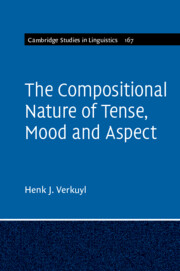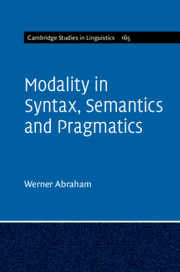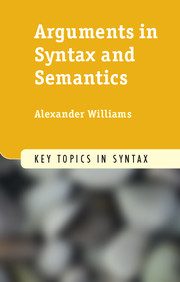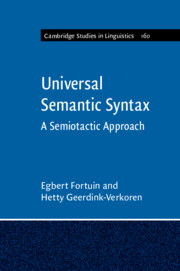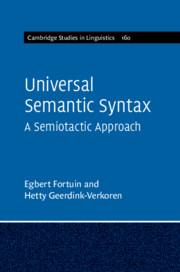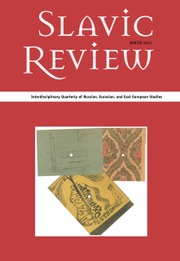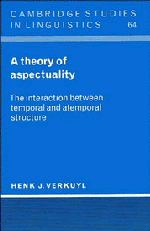The Compositional Nature of Tense, Mood and Aspect
Bringing together fifty years' worth of cross-linguistic research, this pioneering monograph explores the complex interaction between tense, mood and aspect. It looks at the long way of combining elementary semantic units at the bottom of phrase structure up to and including the top of a sentence. Rejecting ternary tense as blocking compositionality, it introduces three levels obtained by binary tense oppositions. It also counters an outdated view on motion by assuming that change is not expressed as having an inherent goal but rather as dynamic interaction between different number systems that allows us to package information into countable and continuous units. It formally identifies the central role of a verb in a variety of argument structures and integrates adverbial modifiers into the compositional structure at different tense levels of phrase structure. This unique contribution to the field will be essential reading for advanced students and researchers in the syntax-semantics interface.
- Offers a unique contribution in the domain of interaction between semantics, syntax and morphology
- Presents for the first time a strictly compositional procedure, operating in the domains of aspect, tense and mood and connecting them
- Written by an author with 50 years' worth of experience in the field rounding off with a refreshing combination of earlier results and recently developed insights into a new perspective on how to account for the construction of temporal information in sentences of natural language
Reviews & endorsements
'The work is excellent and focused. It is written in a coherent and formal style. It has thus successfully achieved its objectives.' Hassan Makhad, Linguist
Product details
No date availablePaperback
9781108970570
349 pages
229 × 152 × 19 mm
0.507kg
Table of Contents
- 1. Introductory chapter
- 2. How to deal with the long tradition of going ternary?
- 3. Binary tense structure
- 4. Naive physics and aspectual composition
- 5. Levels of interaction between aspect and tense
- 6. Binary tense structure and adverbial modification
- 7. How to deal binarily with...?
- 8. Tense, mood and aspect.

